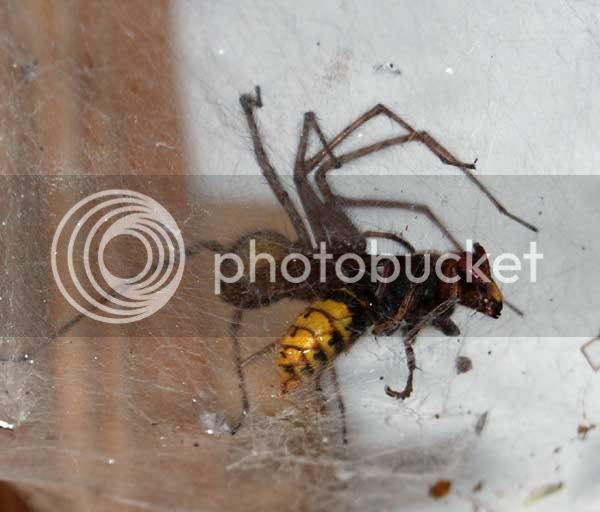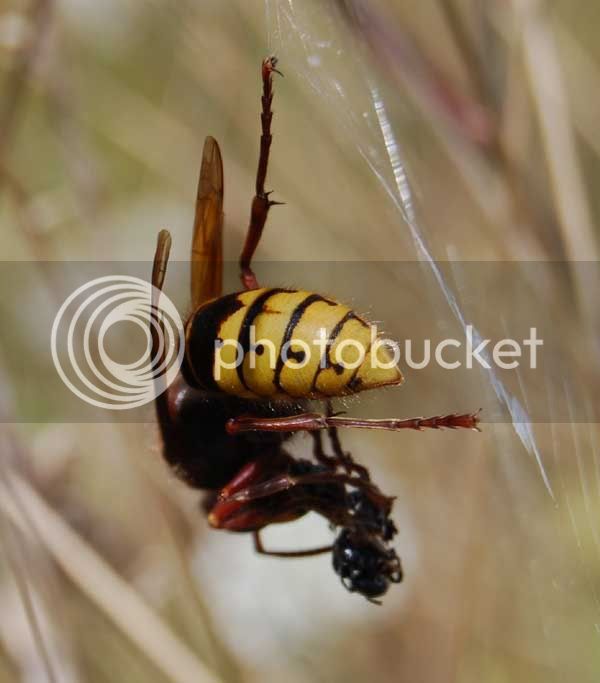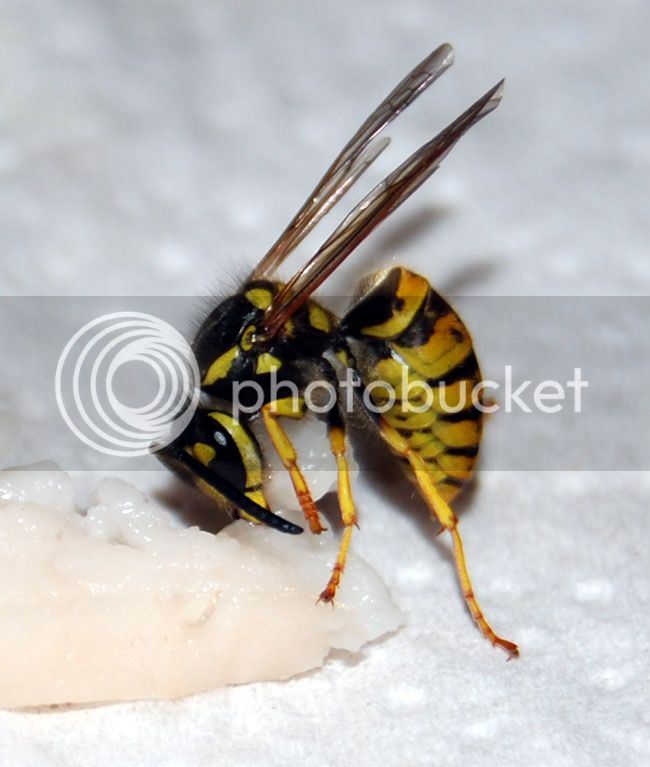Hombre
Queen Bee
- Joined
- Feb 27, 2009
- Messages
- 2,814
- Reaction score
- 3
- Location
- West Midlands
- Hive Type
- 14x12
- Number of Hives
- Ten
Probably a combination of lack of forage at the critical time and the fact that a lot of the nests in the ground will have been waterlogged by the incessant rain that a lot of us have experienced in April, May, June and early July.






















































